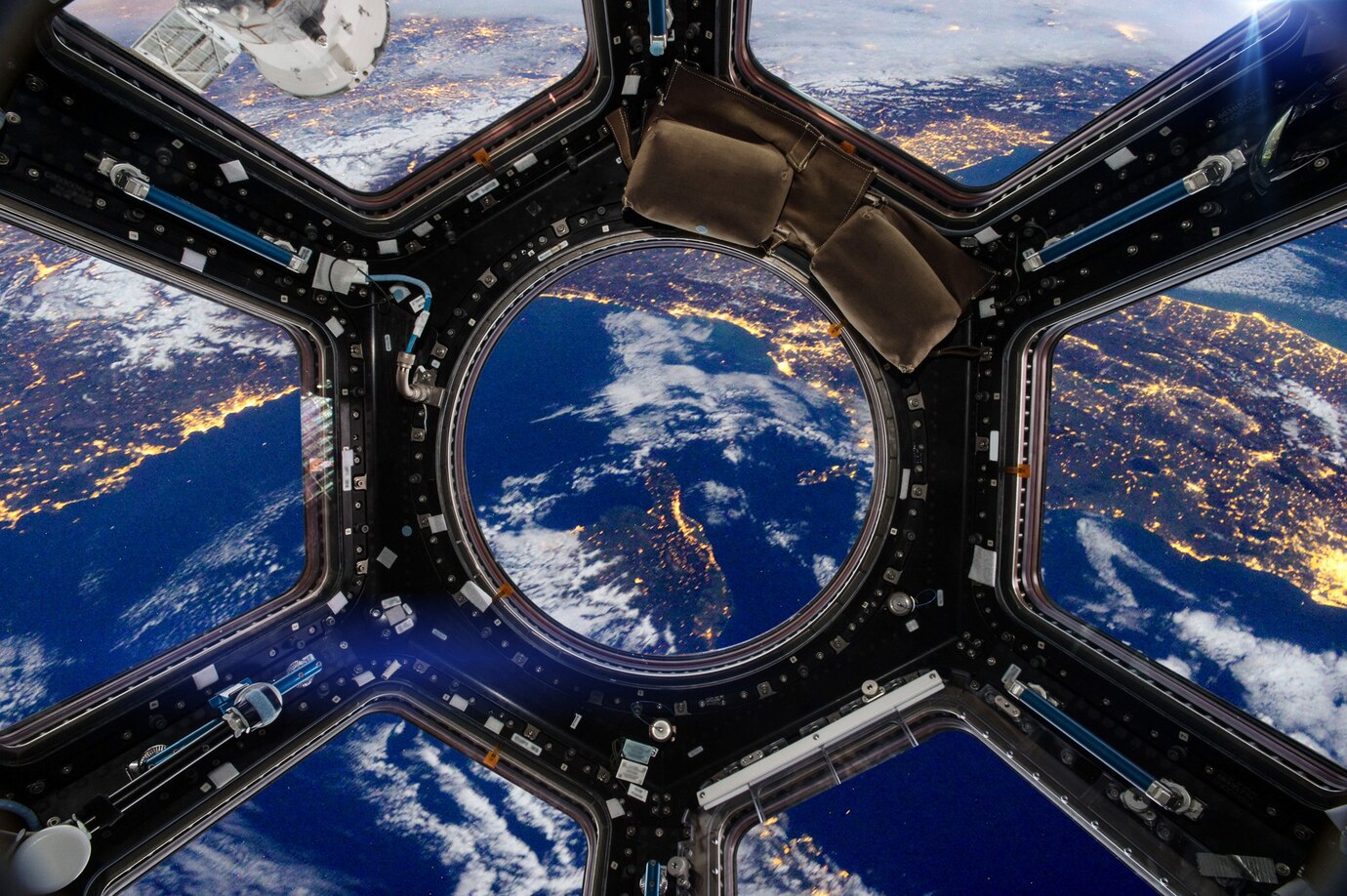Humanity has long been captivated by the stars, dreaming of voyages beyond Earth’s atmosphere. While space exploration was once the domain of astronauts and government agencies, a new era of space tourism is dawning, promising to make the final frontier accessible to adventurers, thrill-seekers, and curious explorers alike. In this article, we’ll explore the burgeoning industry of space tourism, its pioneers, challenges, and the exciting possibilities it holds for the future of travel and exploration.
The Rise of Space Tourism
Space tourism, once relegated to the realm of science fiction, is rapidly becoming a reality thanks to advancements in technology, entrepreneurship, and a growing appetite for extraterrestrial adventure. Companies like SpaceX, Blue Origin, and Virgin Galactic are leading the charge, developing spacecraft and launch systems capable of carrying private citizens into space for recreational purposes.
Key Players in the Industry
- SpaceX: Founded by Elon Musk, SpaceX has revolutionized the space industry with its reusable rocket technology and ambitious vision of colonizing Mars. The company’s Crew Dragon spacecraft has transported astronauts to the International Space Station (ISS) and is poised to launch private citizens on orbital missions in the near future.
- Blue Origin: Founded by Amazon founder Jeff Bezos, Blue Origin is developing the New Shepard suborbital spacecraft, designed to take passengers on brief, exhilarating journeys to the edge of space. The company aims to make space tourism accessible to a wide range of travelers, offering breathtaking views of Earth from space.
- Virgin Galactic: Founded by billionaire entrepreneur Sir Richard Branson, Virgin Galactic aims to democratize space travel by offering suborbital flights aboard its VSS Unity spacecraft. The company has already conducted successful test flights with crewed missions on the horizon, heralding a new era of commercial space tourism.
The Space Tourism Experience
Space tourism promises to offer a once-in-a-lifetime experience, allowing passengers to float in microgravity, gaze out at the curvature of the Earth, and witness awe-inspiring views of the cosmos. Suborbital flights typically last just a few minutes, while orbital missions may span several days or weeks, offering passengers the chance to live and work in space aboard space stations like the ISS.
Challenges and Considerations
While space tourism holds tremendous promise, it also presents significant challenges and considerations:
- Safety: Ensuring the safety of space tourists is paramount, given the inherent risks and complexities of space travel. Companies must adhere to rigorous safety standards and protocols to protect passengers and crew members during launch, reentry, and spaceflight.
- Regulatory Hurdles: The regulatory landscape for commercial spaceflight is still evolving, with government agencies like the Federal Aviation Administration (FAA) responsible for overseeing safety and licensing requirements. Streamlining regulations and fostering international cooperation will be essential for the growth of the space tourism industry.
- Environmental Impact: Space tourism has the potential to have environmental impacts, including carbon emissions from rocket launches and space debris in Earth’s orbit. Companies must prioritize sustainability and develop eco-friendly technologies to minimize their footprint and preserve the integrity of the space environment.
The Future of Space Tourism
Despite the challenges, the future of space tourism looks bright, with continued advancements in technology, infrastructure, and commercial partnerships driving growth and innovation in the industry. As the cost of space travel continues to decline and accessibility increases, space tourism could become a mainstream form of travel, opening up new frontiers of exploration and discovery for generations to come.
Space tourism represents a bold and exciting frontier in the realm of travel and exploration, offering the promise of unforgettable experiences and transformative journeys beyond Earth’s atmosphere. With visionary companies leading the way and pioneering new technologies, the dream of space travel is closer than ever to becoming a reality for adventurers and explorers around the world. As we embark on this exhilarating journey into the cosmos, the possibilities are limited only by our imagination and our willingness to reach for the stars.

